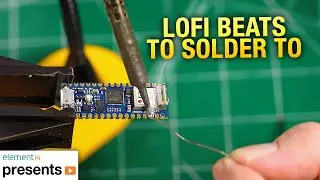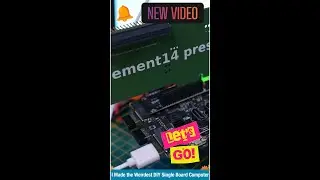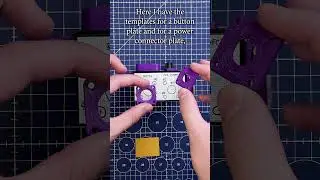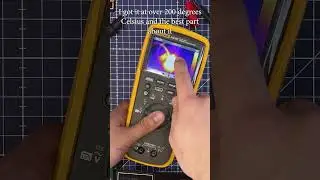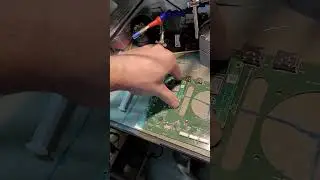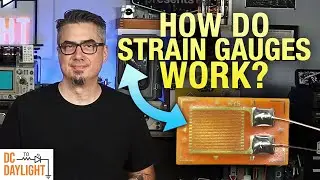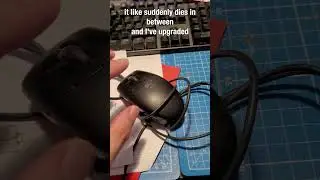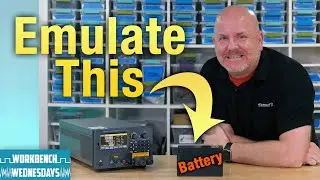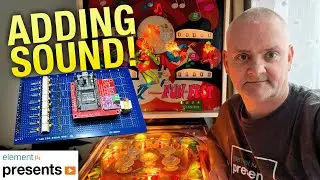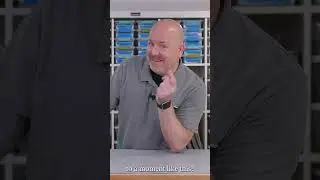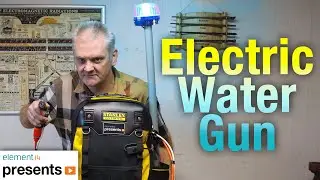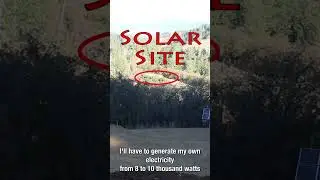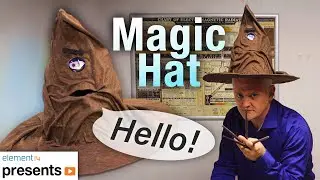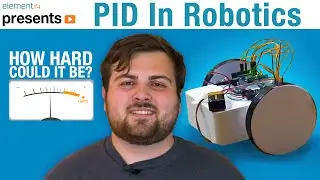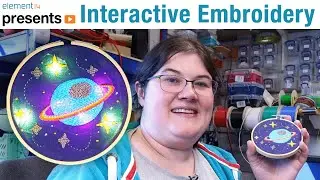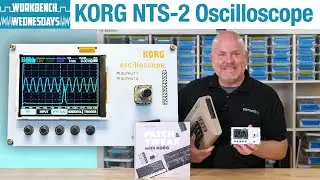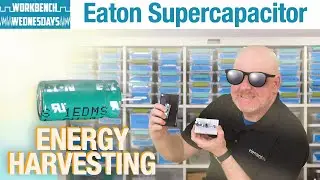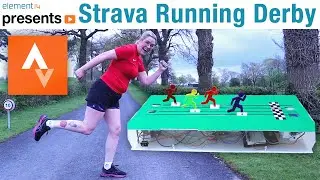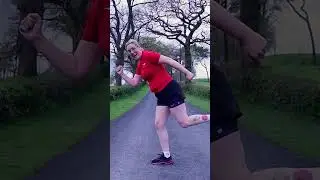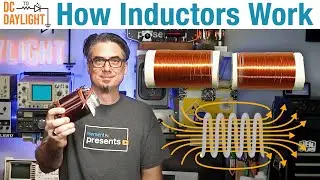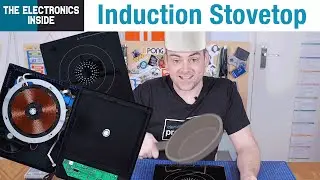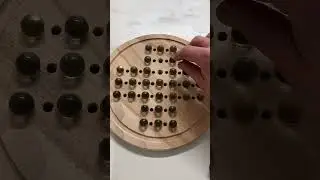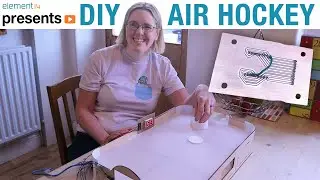Supercapacitor Energy Harvesting - What You Need to Know - Workbench Wednesdays
Low-power IoT devices can harvest energy from wind, heat, and solar sources, and you can store that energy in a battery or a supercapacitor. With help from Eaton, James talks in this episode about what electric double-layer capacitors (EDLCs) are, considerations for when you'd want to use them, and a small demo where we harvest solar energy into a supercapacitor to drive a Raspberry Pi Pico W.
Discuss the episode and ask James questions on the element14 Community! https://bit.ly/42PXYFW
Shop - capacitor products from Eaton: https://bit.ly/3pdhLSc
Article from Eaton - Supercapacitors vs Batteries: https://eaton.works/42RaHZg
Eaton's supercapacitor calculator: https://eaton.works/3JiWYmP
Engage with the element14 presents team on the element14 Community - suggest builds, find project files and behind the scenes video: https://bit.ly/3tmdewv
Visit the element14 Community for more great activities and free hardware: https://bit.ly/3q6YMpu
Tech Spotlights: https://bit.ly/3qPrDhM
RoadTest and Reviews: https://bit.ly/3pV5Bux
Project14: https://bit.ly/31wbnJY
#0:00 Welcome to Workbench Wednesdays
#0:53 EDLC Overview
#3:30 Charge-Discharge Behavior
#6:14 Energy
#8:05 Harvest "Solar" Energy
#12:09 Give Your Feedback
#supercapacitor #capacitor #eaton #solarenergy #energyharvesting #battery #raspberrypi #raspberrypipico


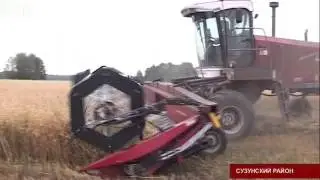

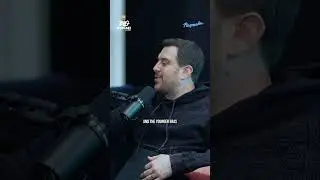
![Baaje Khatiya Char Char [Bhojpuri Video]Feat.Ravi Kishan & Pakhi](https://images.videosashka.com/watch/We4oVHR1Yxw)


